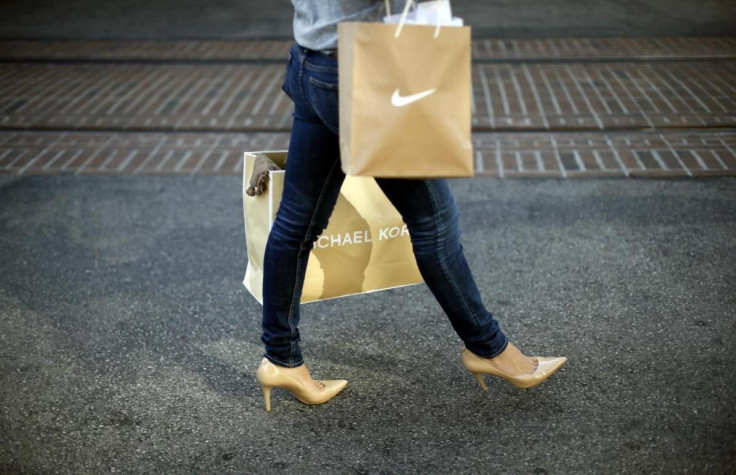Why Is Consumer Sentiment Falling? Optimism Tumbles Despite Cheaper Gas Prices, Falling Unemployment

U.S. consumer sentiment tumbled unexpectedly in May, signaling dwindling optimism even as gas prices and unemployment continue to fall. The decline in confidence comes as the U.S. shows signs of slower-than-expected economic growth in the first three months of 2015, due to frigid winter weather, a strong dollar and West Coast port disputes that caused a slowdown in shipping.
May's consumer sentiment reading from the University of Michigan was the lowest since October. It was the largest monthly drop since December 2012.
The decline was in sharp contrast to readings that showed U.S. consumer sentiment leaped to an 11-year high in January before jumping to its second-highest level since 2007 in April.
Data earlier this week, however, revealed U.S. retail sales were flat in April, as Americans remained somewhat cautious.
“The first quarter was tough," said Dan Hess, founder and CEO at Merchant Forecast. “There’s definitely a dividend that consumers are receiving from gas, but we’re not seeing it translate into higher retail sales just yet.”
Confidence fell in early May because consumers became increasingly convinced that there would be no quick and robust rebound following the dismal first quarter, Richard Curtin, chief economist at Surveys of Consumers, said in a statement Friday.
“In contrast to last year's rapid second-quarter revival, this year the economy faces reduced production and employment from lower oil prices, falling exports and rising imports from a stronger dollar,” Curtin said.
The University of Michigan’s preliminary reading fell 7.3 points in May to 88.6, the lowest reading since October 2014. The point decrease was the largest since December 2012. May’s reading was sharply down from the previous month's final reading of 95.9, as economists were expecting a reading of 96, according to analysts polled by Thomson Reuters.
Although sentiment fell in May, it was still above its average last year. “Conditions for consumers are solid, and sentiment should increase through the rest of this year and into next,” Stuart Hoffman, chief economist at PNC Financial Services Group, said in a research note Friday.
Temporary factors that held the economy back in the first quarter, including harsh winter weather and the West Coast port disputes, are expected to dissipate and reflect stronger growth in the second half of this year.
Job growth picked up in April after a dismal March, and economists expect growth to continue to run at a rate of 200,000 per month through the rest of 2015, Hoffman said. With the jobs created in April, the U.S. economy is at its lowest unemployment level since 2008.
© Copyright IBTimes 2025. All rights reserved.






















